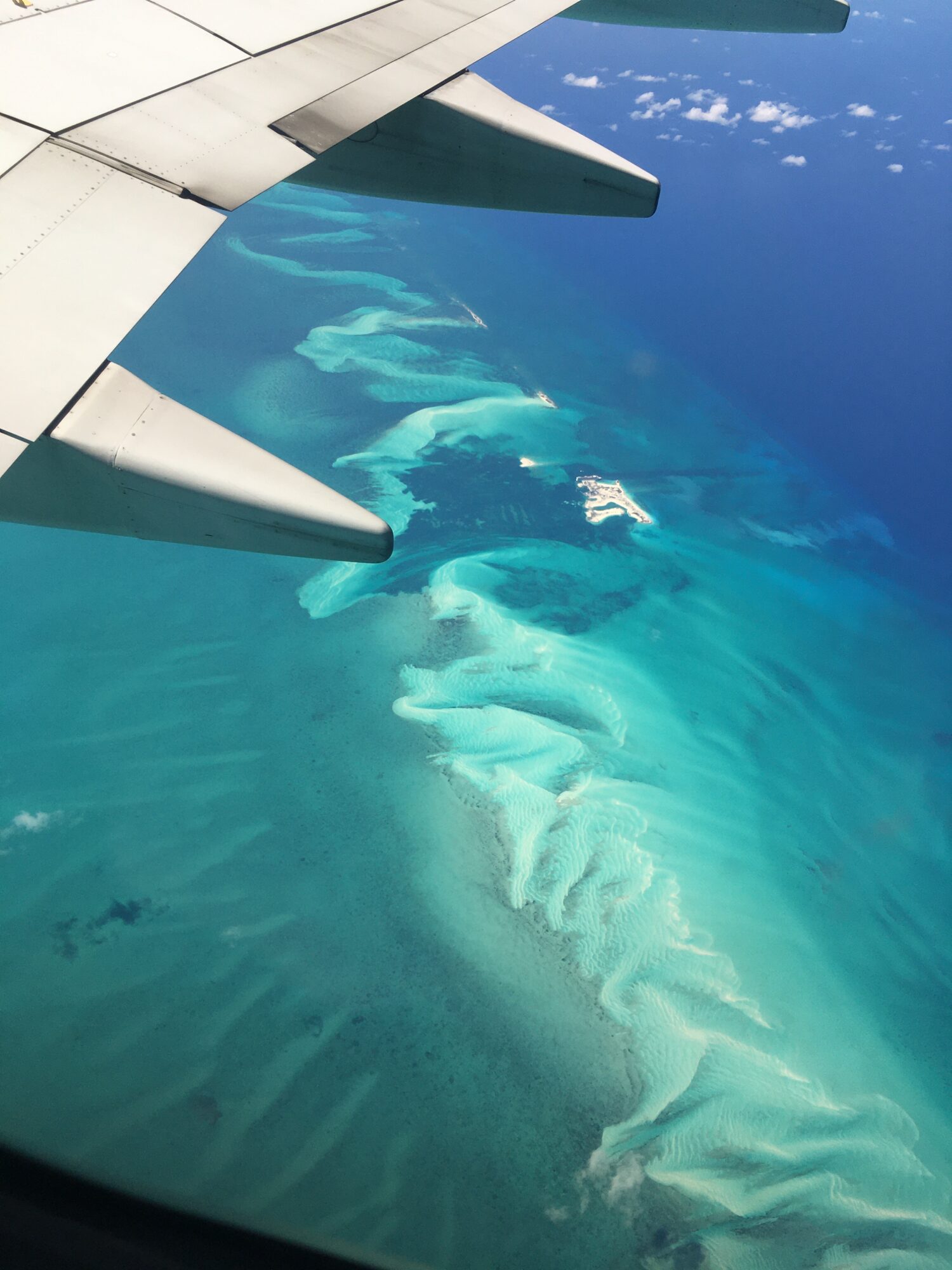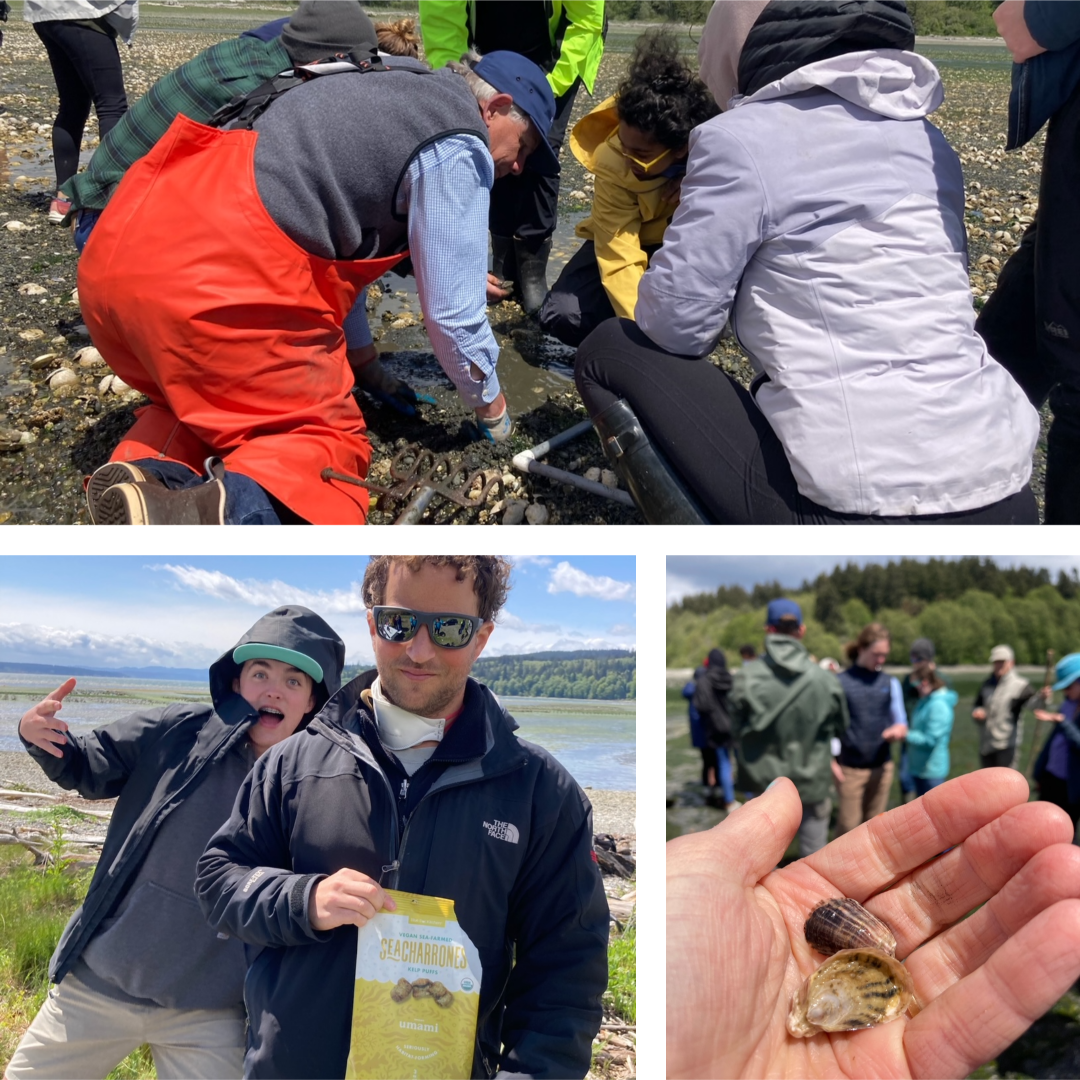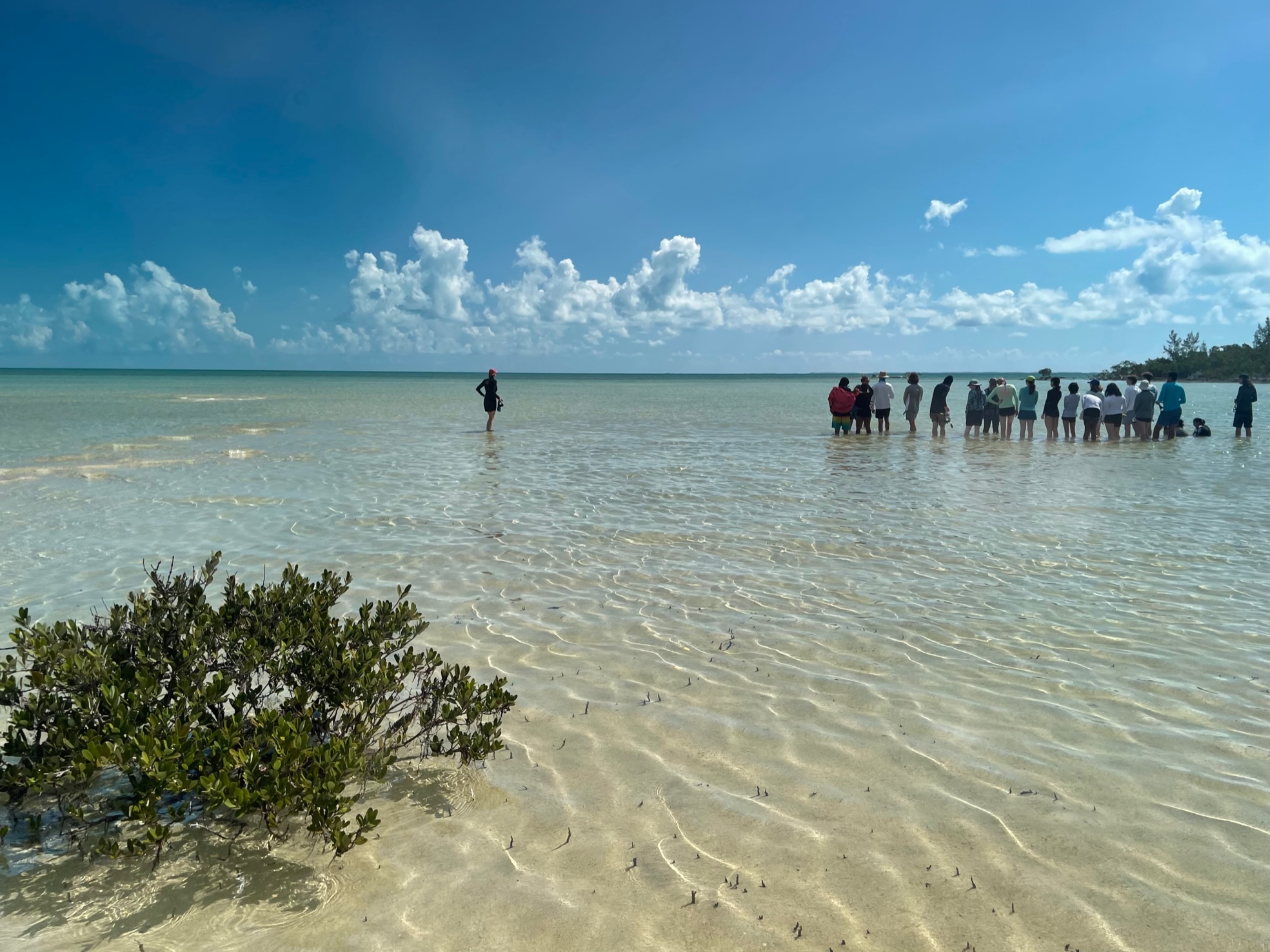Hyla Stories
The Deep Dive

A CLOSE-UP LOOK.
Each semester in our upper school program, we break from our standard academic schedule for Panoramas – multi-week, immersive and interdisciplinary courses that explore and investigate a range of topics through hands-on labs, seminars, creative projects, travel, and critical work. Each Panorama focuses on a central theme and core goal to inspire students to discover something new about themselves and about the world.
The Deep Dive Panorama happening in spring 2022 uses a case study methodology to explore the connection between the natural environment and human activity. To compare and contrast threats to marine ecology, and associated sustainability and restoration efforts in diverse regions (WA state and the Bahamas), students and teachers developed an inquiry framework to guide their work:

CASE STUDIES:

Kelp Forest Ecology with the Puget Sound Restoration Fund
North Beach in Pt. Townsend
Within the lifetime of our students, the last bull kelp forest around Bainbridge disappeared in 2015. Gray McKenna, bull kelp restoration export with the Puget Sound Restoration Fund, shared that researchers are still looking for the complete set of reasons why. Scouring the beach for samples, Gray taught students about kelp anatomy and species diversity while telling them about their restoration work, before sending students off to collect their own samples for discussion – and then a VERY cold swim.

Clams, Oysters & Geoducks Populations with Bay Water Shellfish
Thorndike Bay/Hood Canal
It was perfect timing for a citizen science project on Hood Canal: the lowest tIt was perfect timing for a citizen science project on Hood Canal: the lowest tide of the year. Students tossed a quadrat out into the clam field to rake and count clams with marine biologist, Bay Water Shellfish owner, and Blue Dot Founder, Joth Davis – who also has a Ph.D in Fisheries Science from the UW and leads local research projects focused on how seaweed cultivation enhances ocean health. (He also happens to have employed teacher Erik and his siblings for a few summer gigs). Joth spent the day with students, sharing his expertise as a researcher and sustainable business owner to teach the effects of overfishing, warming oceans, and water acidification on local oyster, clam and geoduck populations. The day started at IslandWood where Joth gave a presentation about the importance of kelp forest ecology and how it provides habitat and food to a whole series of other species. Next the group set off for the Bay Water Shellfish facility where Joth and his son Caleb toured students for an up-close look at their network of “deep-green” farms committed to sustainable and environmentally sensitive culture and harvest methods. The group then headed out to the beach where the low tide supported citizen science with good visibility, but also revealed the victims of last summer’s heat wave: a field of bleached butter clams. Along the shore students also got to sample a new snack food made from kelp harvested at Blue Dot, which Brad likened to “vegan pork rinds.”

Conch Population Research with Island School Researchers
Eleuthera Island, Bahamas
Conditions were less than ideal on this day. Unusually high winds made for rough water as students dove 18 feet down to gather conch specimens to determine adult population numbers. Students supported the ongoing research of one of the Island School’s teacher scientists, who studies conch harvesting done before reproduction. Students collected data by measuring conch middens to assess the distribution of juvenile/sub-adult/adult conch that are harvested.
Everything students learn on this Panorama through on-site research, exploration, and case studies – from WA state to the Bahamas – will form the basis of their own student action projects back at home. These “bring it home projects” form a blueprint for future ongoing and sustainable action that students can implement in the 2022-2023 school year – whether working in partnership with local organizations, implementing sustainable measures at our high school campus, or doing citizen science to support existing research.
We can’t wait!
